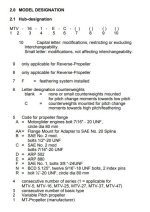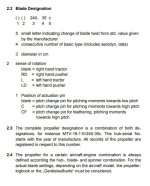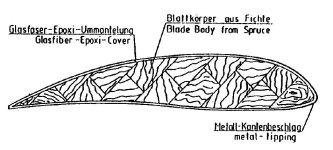Vans Aircraft and MT recommend the MTV-9-B/183-50a for my
AeroSport IO-375 195hp engine. I have an opportunity to purchase
a low time MTV-9-B/200-52.
Apart from the diameters of the props what’s the difference between
the two? I know the MTV-9-B/200-52 is 78 inches in diameter and MT’s
specs list the minimum diameter as 76 inches which is too big for an RV6A.
Or is it? What is the required distance between the prop tips and the ground?
I have installed the new rubber puck type landing gear on my RV6A so the
engine rides a little higher than a RV6A with the standard landing gear. Trying
to decipher MT’s spec sheets is proving difficult. Still don’t know what the “B”
stands for or the “50a” or “52”. Any help or suggestions will be very much
appreciated. Thank you.
John Van Lieshout
RV6A QB 85%
AeroSport Power IO375-M1S 195hp
AeroSport IO-375 195hp engine. I have an opportunity to purchase
a low time MTV-9-B/200-52.
Apart from the diameters of the props what’s the difference between
the two? I know the MTV-9-B/200-52 is 78 inches in diameter and MT’s
specs list the minimum diameter as 76 inches which is too big for an RV6A.
Or is it? What is the required distance between the prop tips and the ground?
I have installed the new rubber puck type landing gear on my RV6A so the
engine rides a little higher than a RV6A with the standard landing gear. Trying
to decipher MT’s spec sheets is proving difficult. Still don’t know what the “B”
stands for or the “50a” or “52”. Any help or suggestions will be very much
appreciated. Thank you.
John Van Lieshout
RV6A QB 85%
AeroSport Power IO375-M1S 195hp







